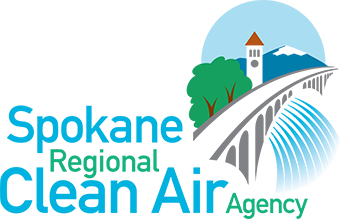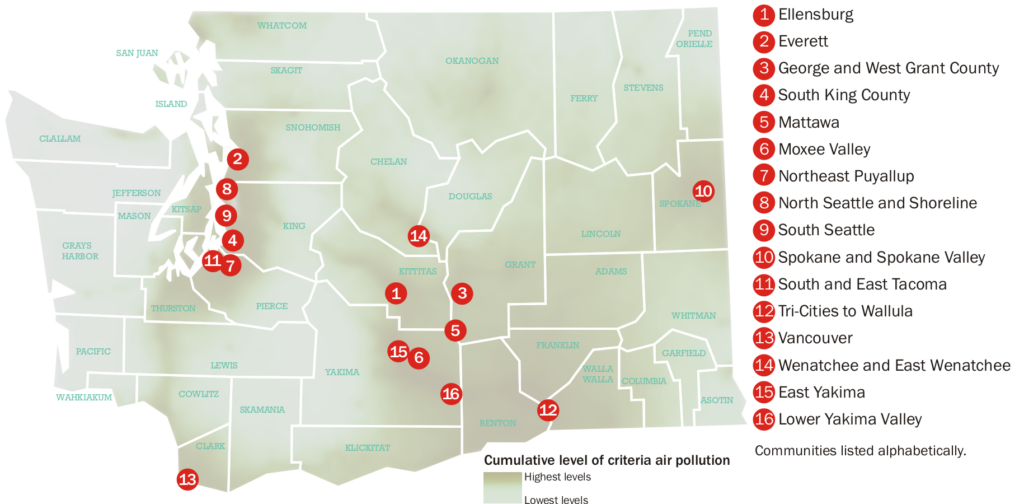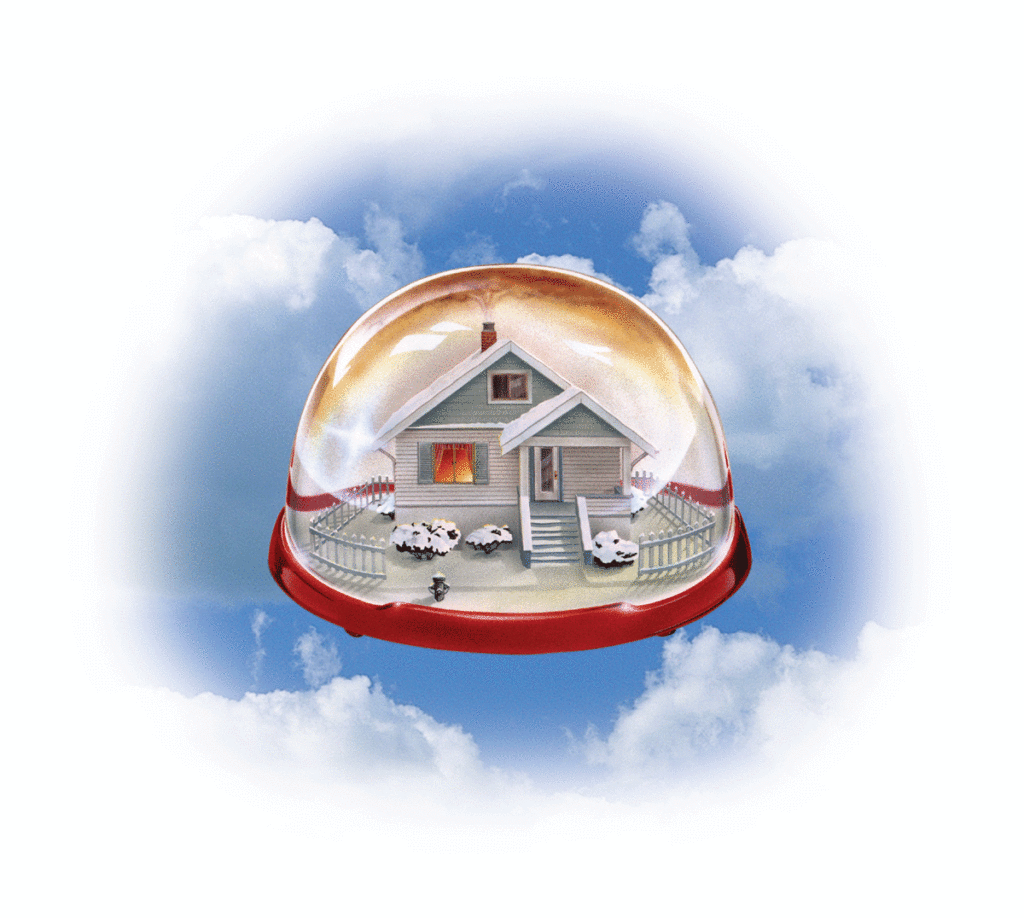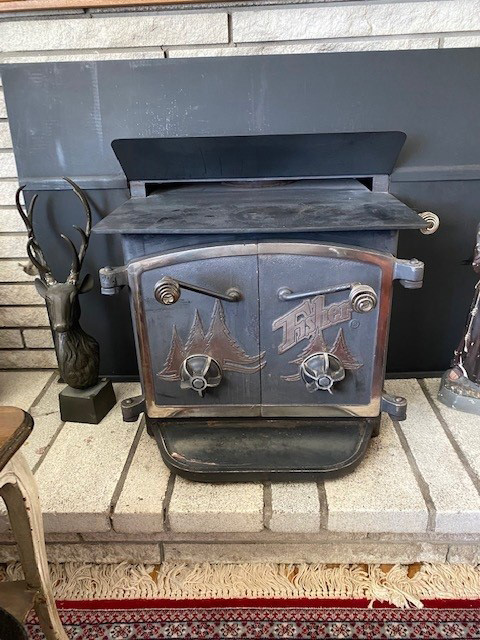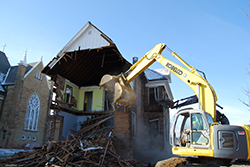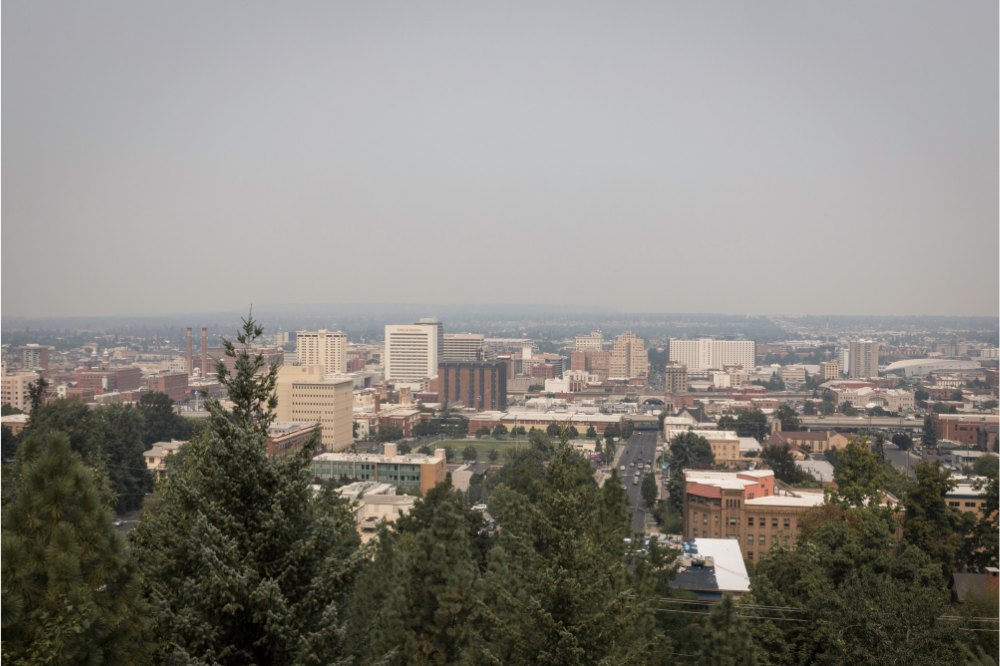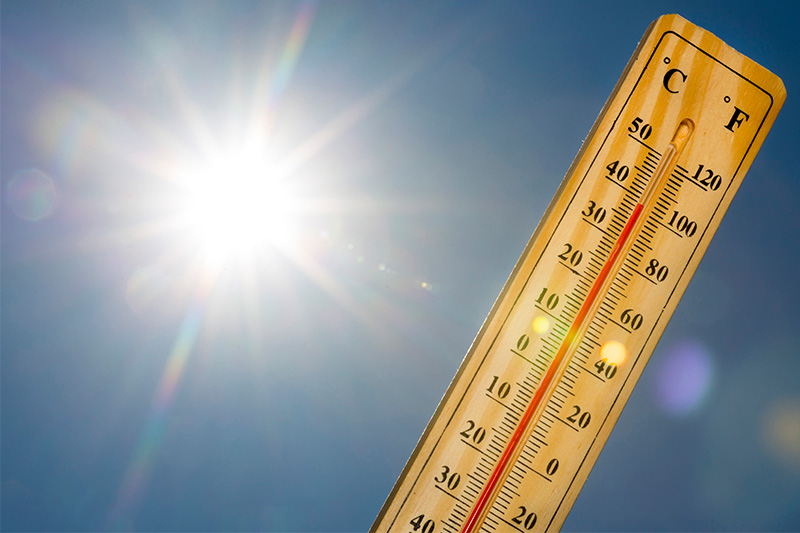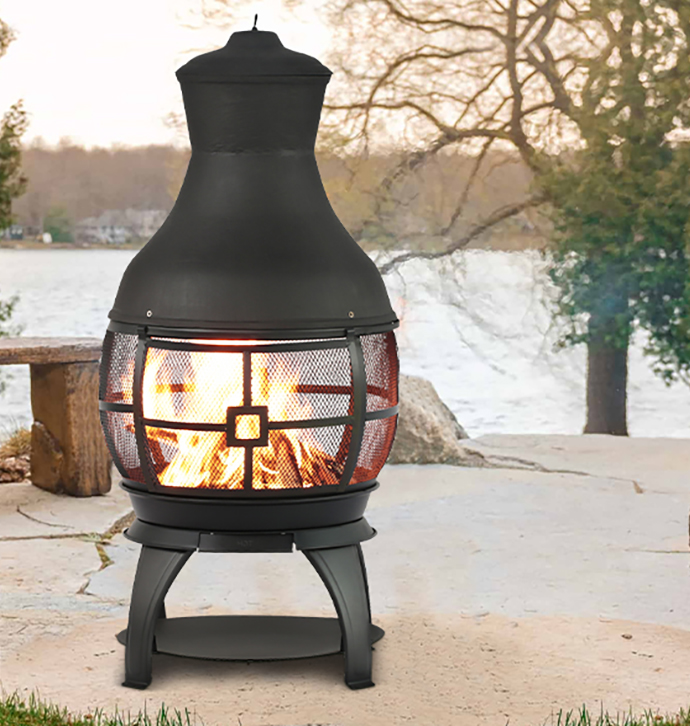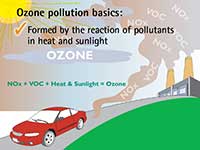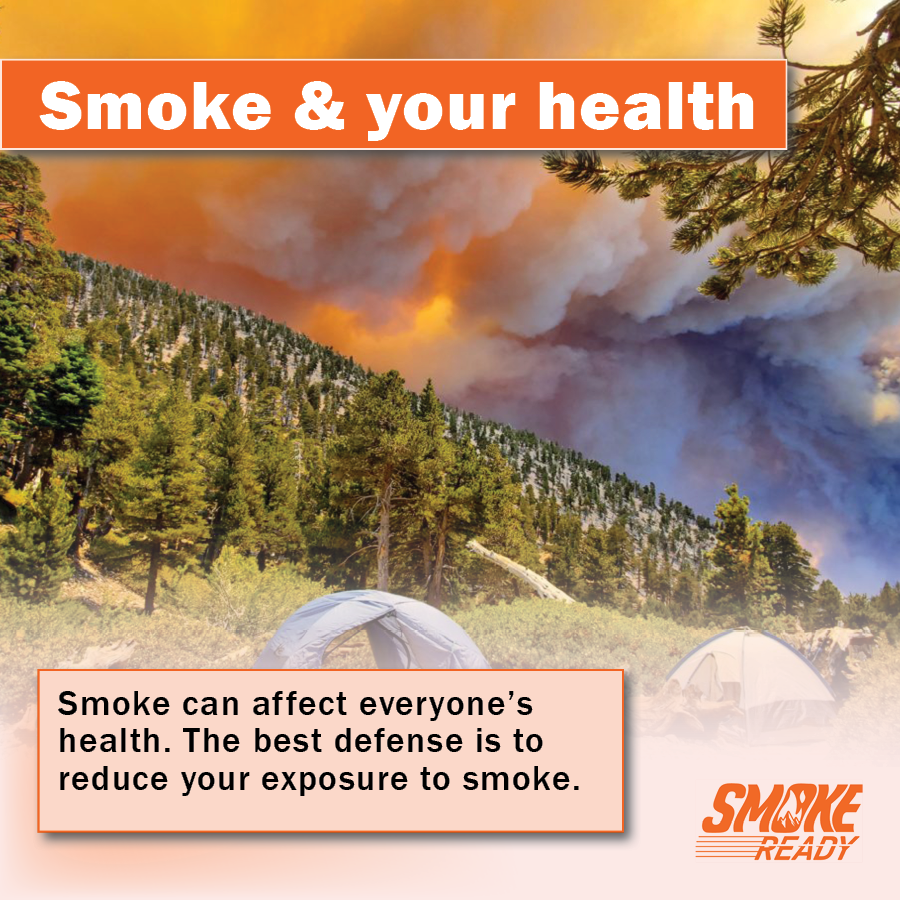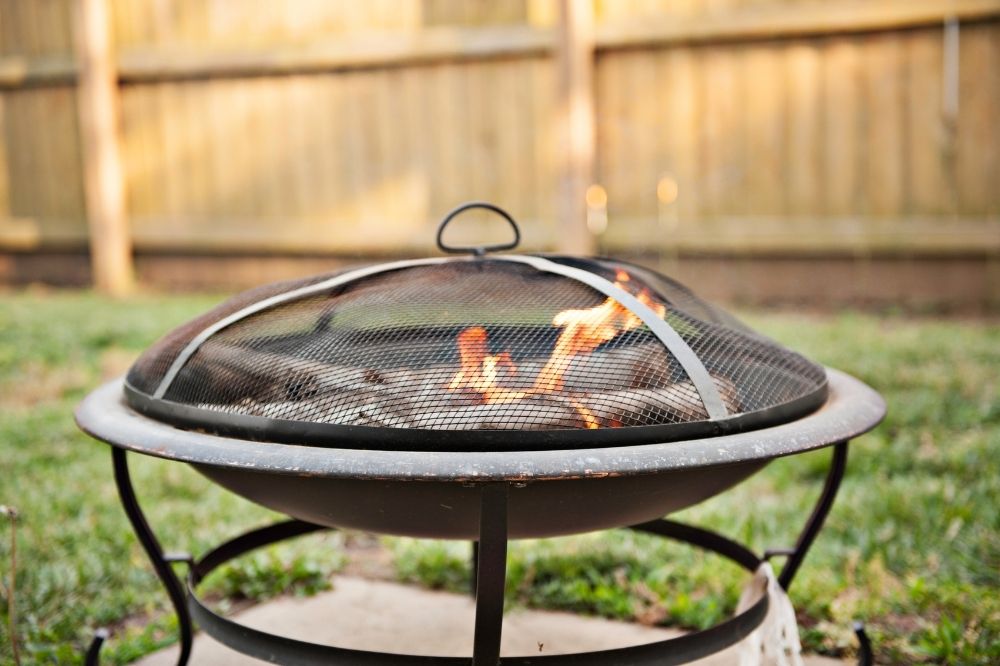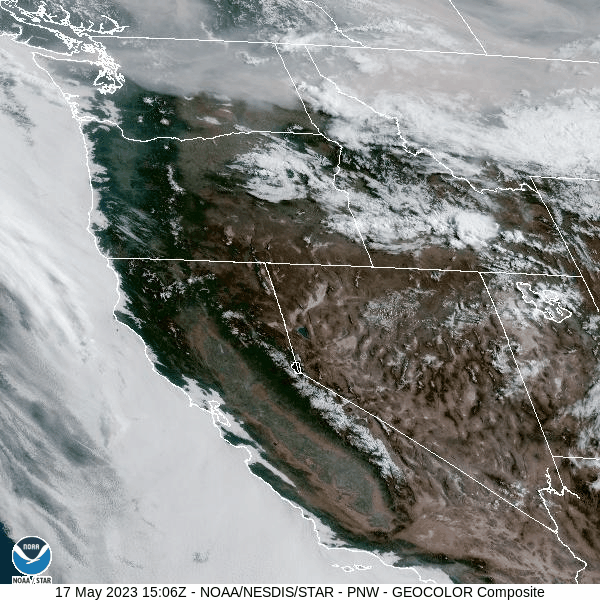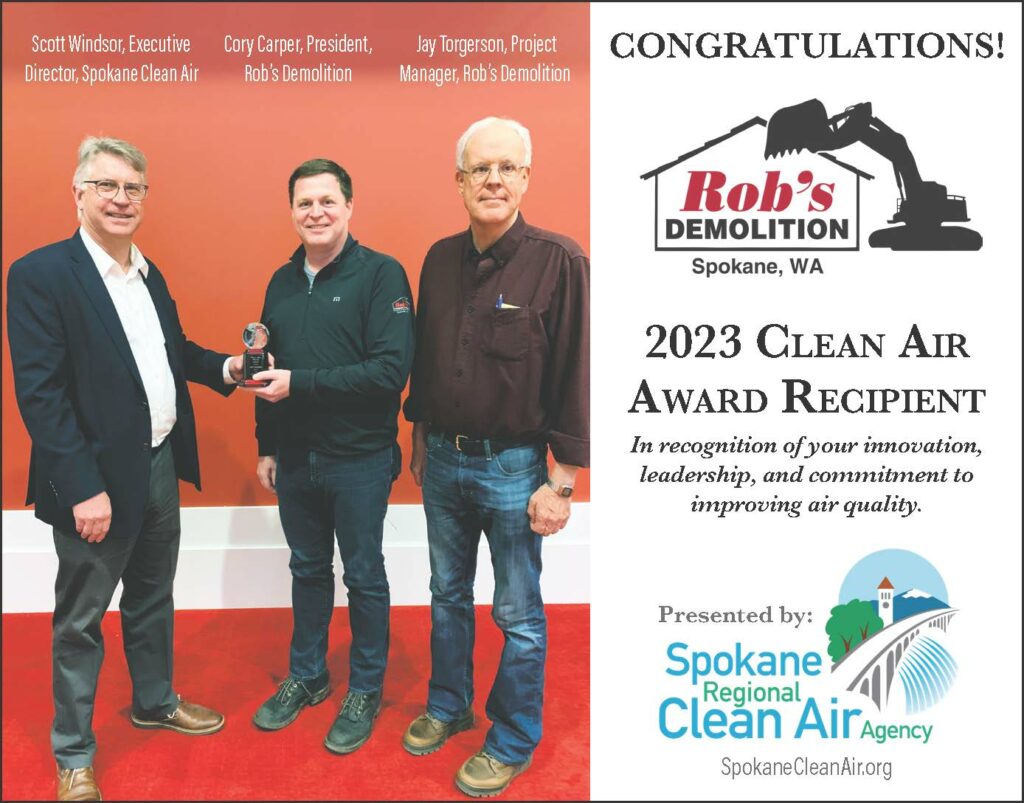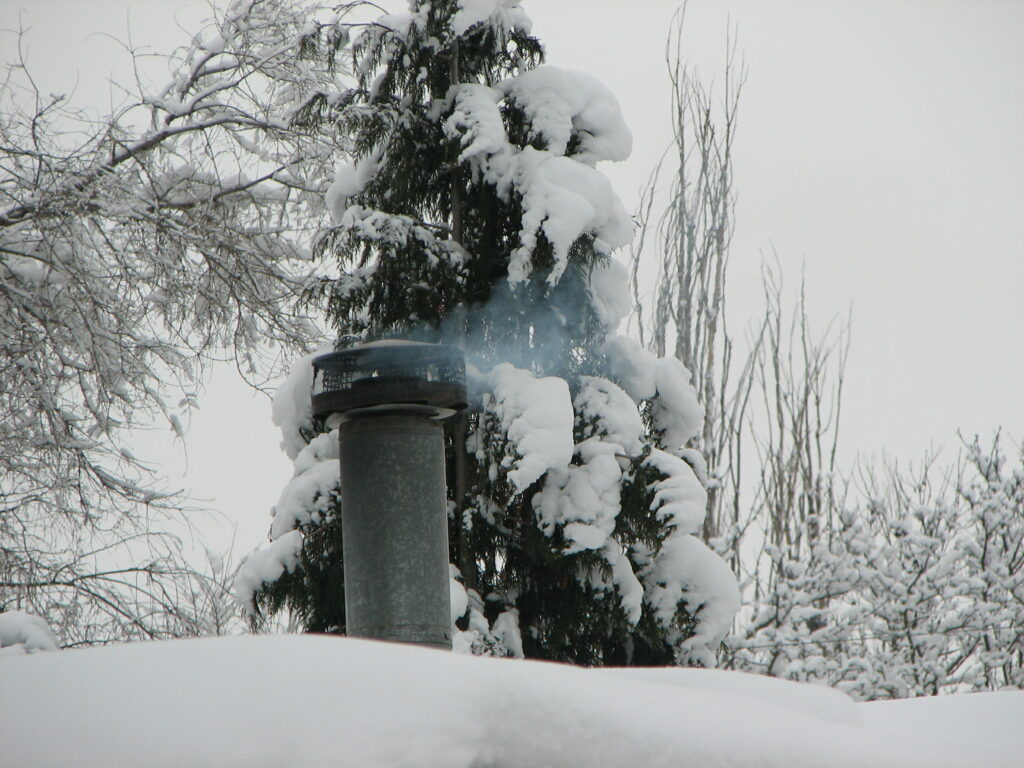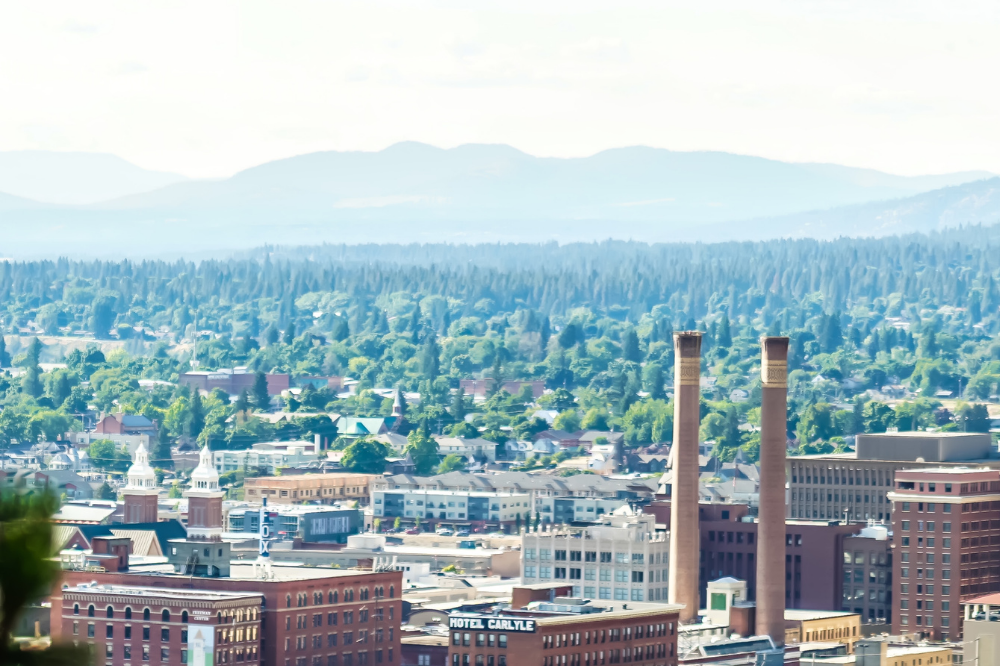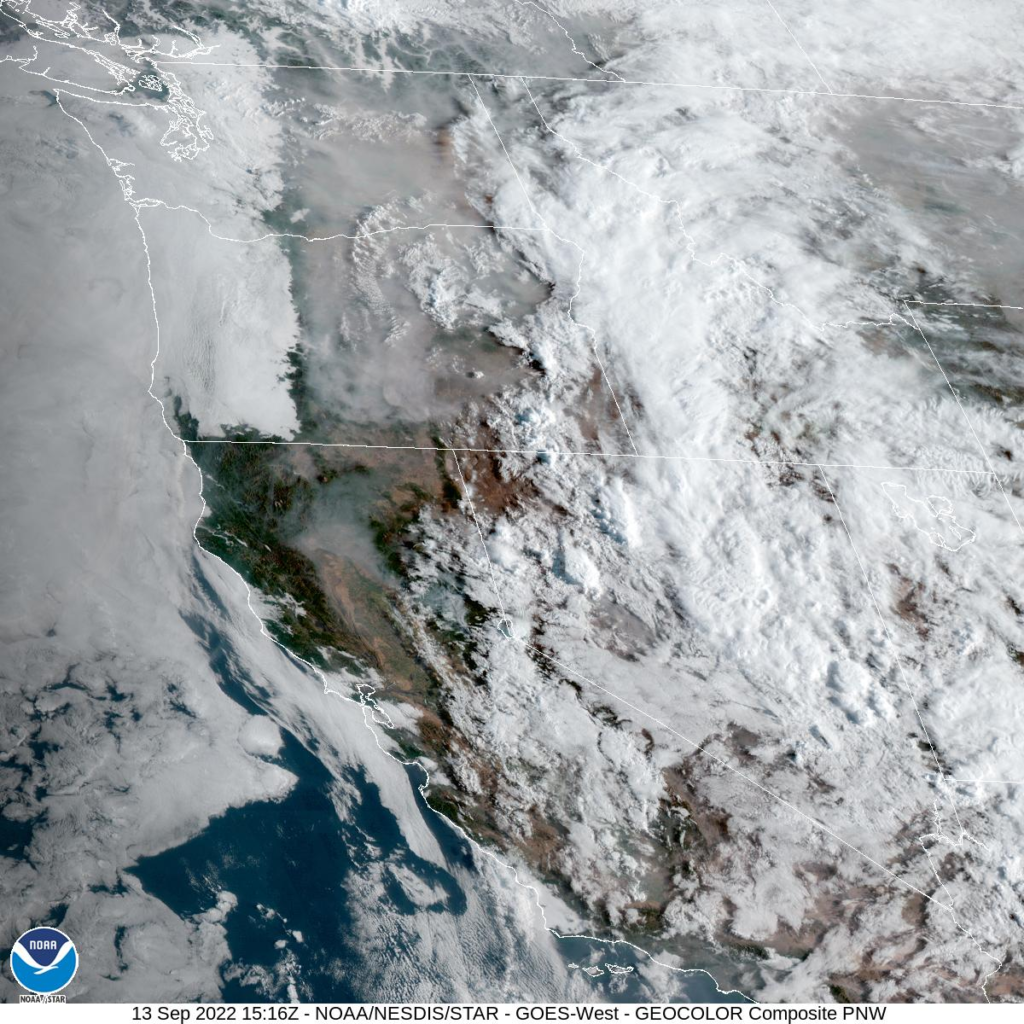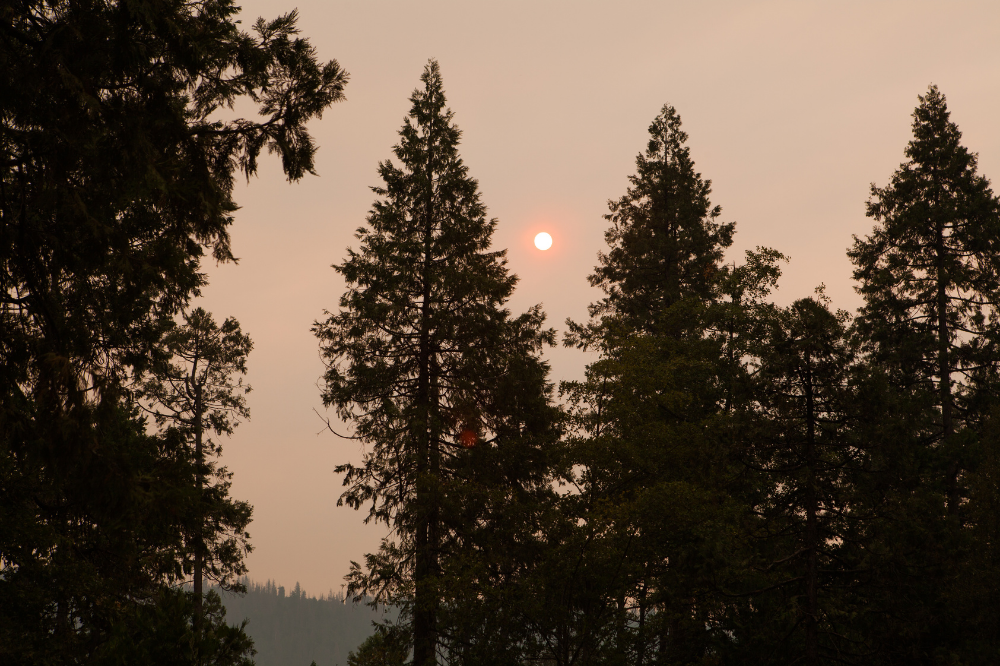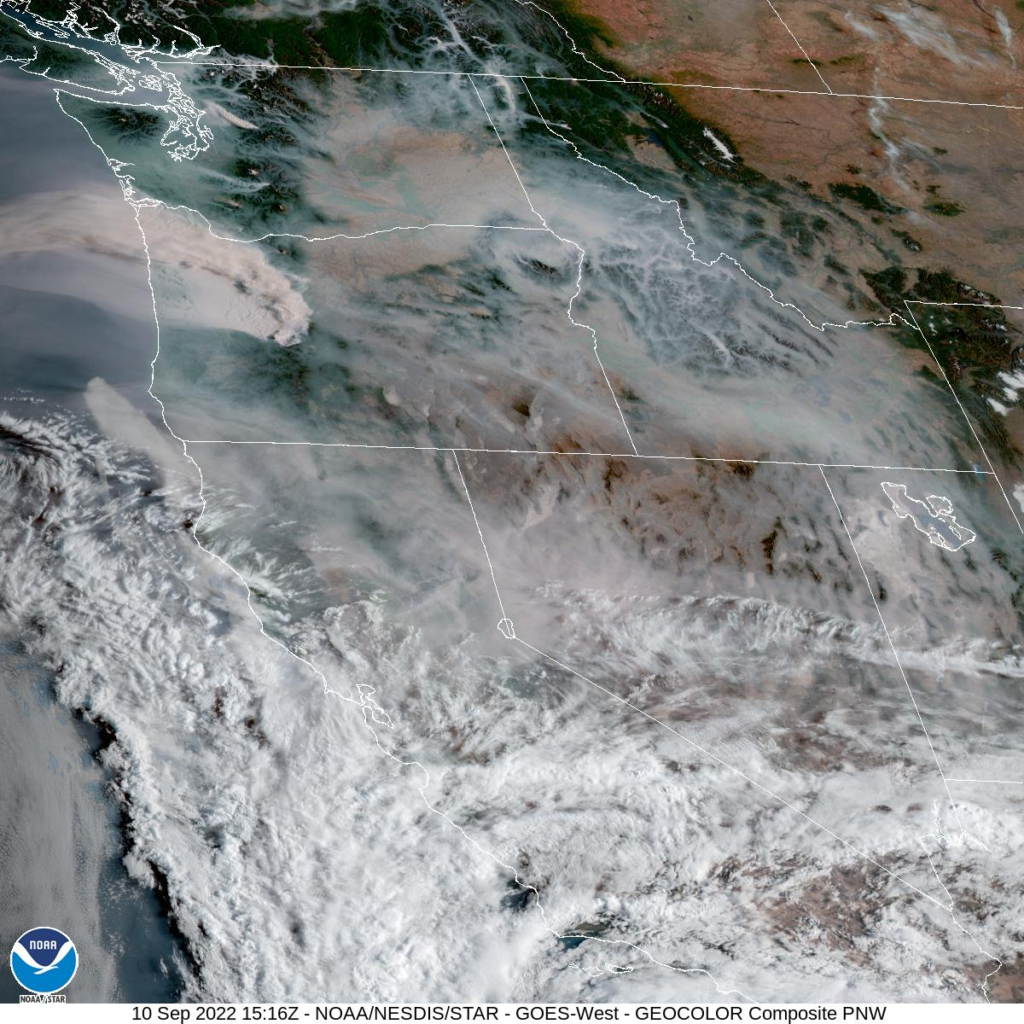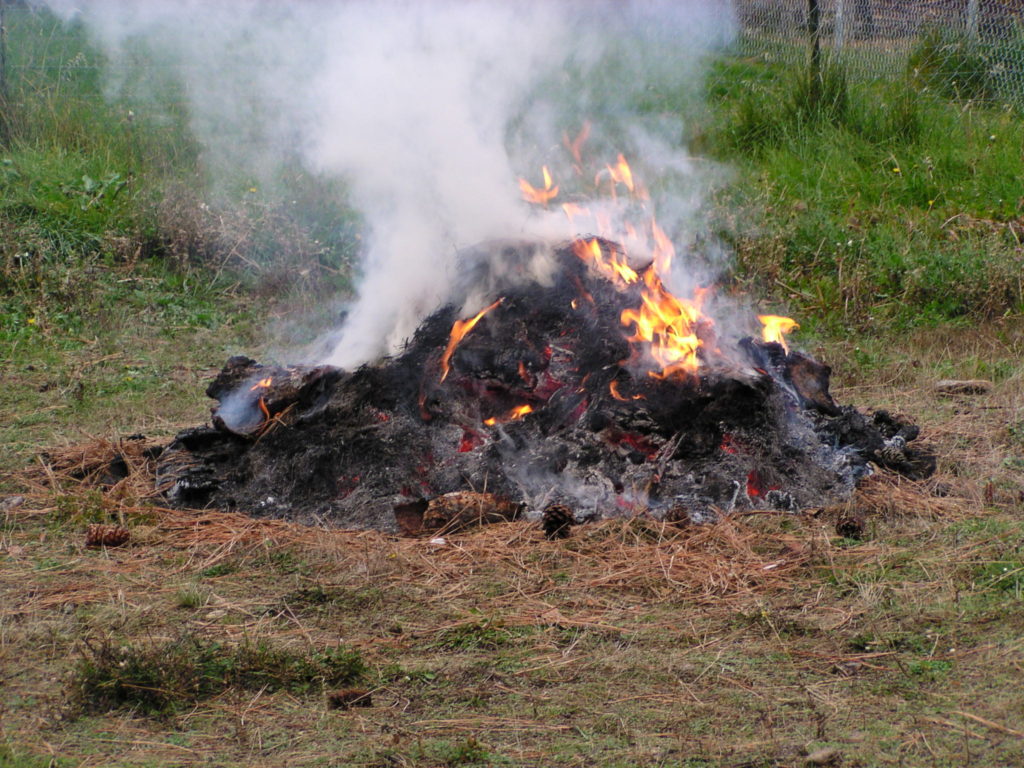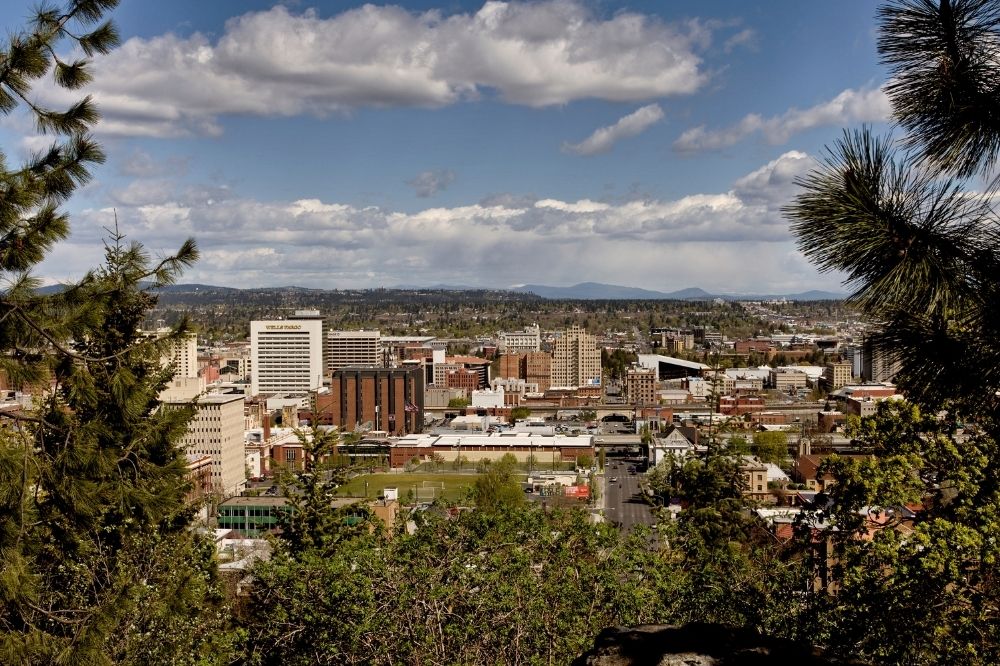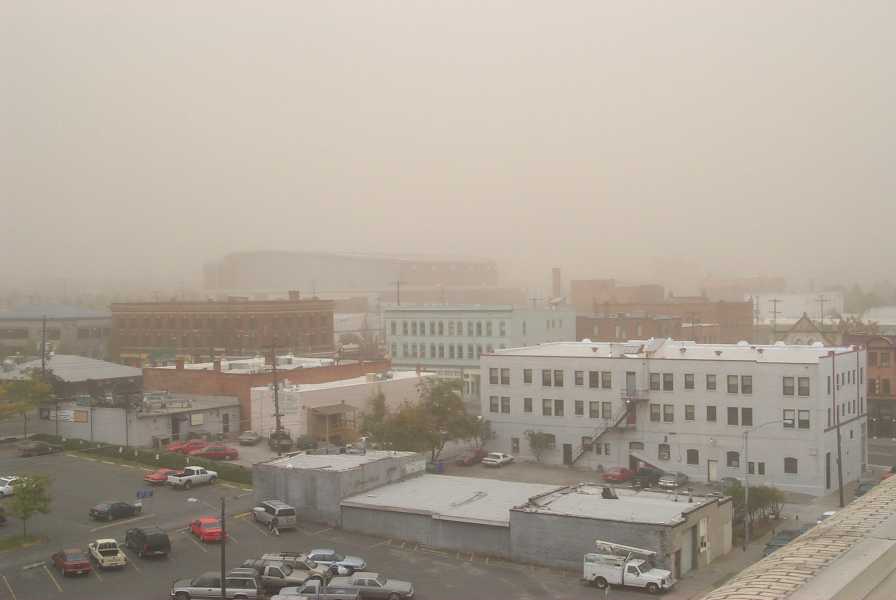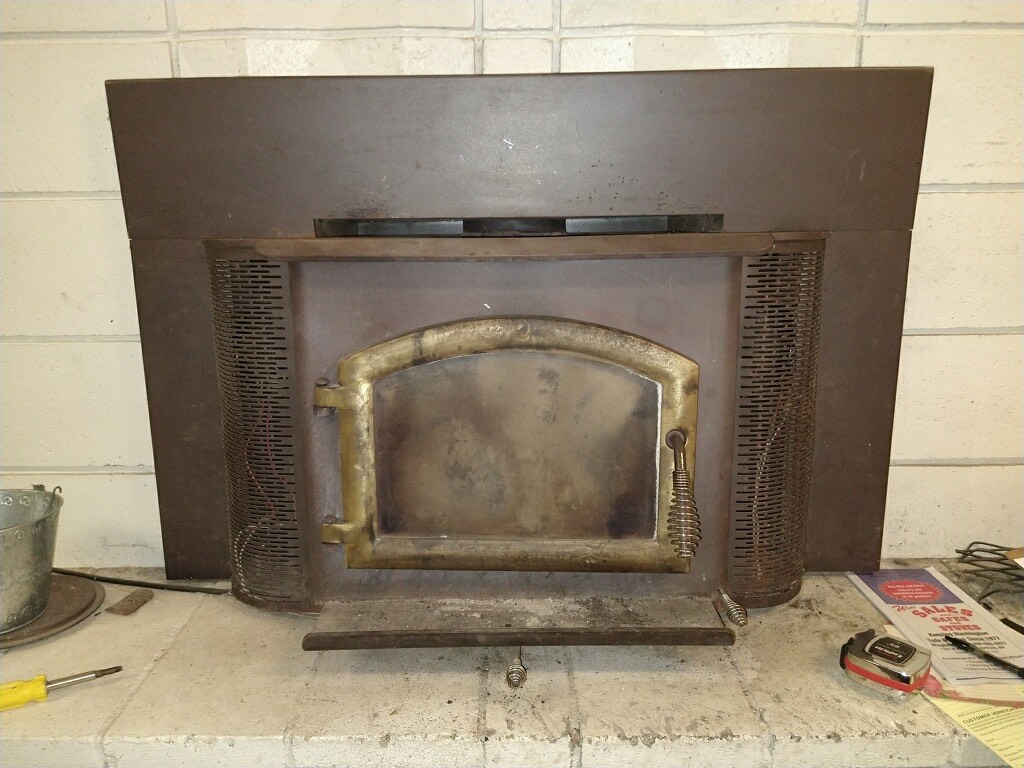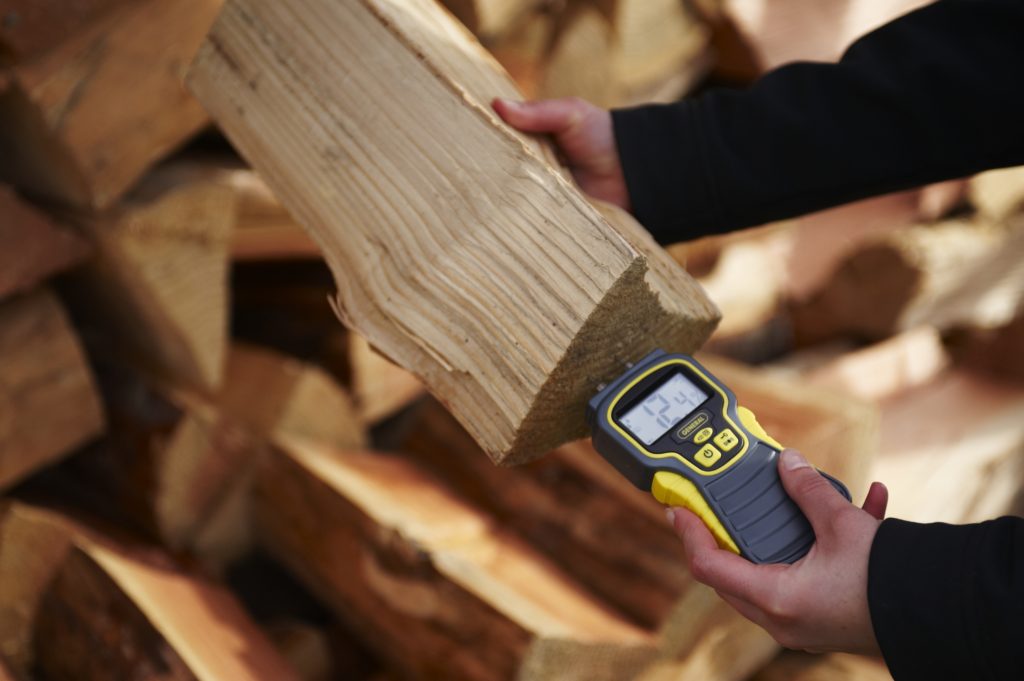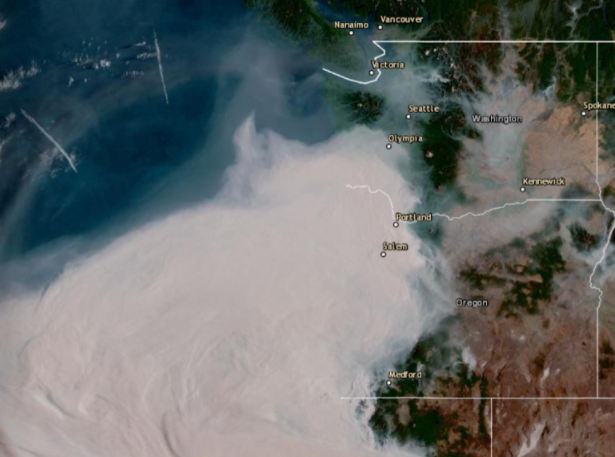High pressure systems, inversions and air quality…
Typically, the temperature of air in the atmosphere cools with gains in altitude. This is because the sun’s energy heats the ground which in turn warms the air at the surface. The warm air rises in the atmosphere, where it expands and cools.
However, this isn’t always the case. There are times when the temperature of the air at ground level is cooler than the air above it. The situation of having a layer of warmer air above cooler air near ground-level is referred to as a surface temperature inversion. Surface inversions are the most important in the study of air quality.
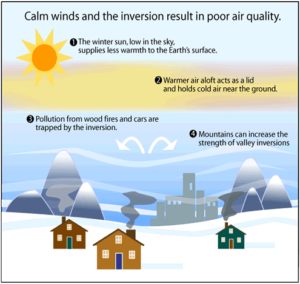
How do surface temperature inversions form?
Once the sun goes down, the ground loses heat very quickly, and this cools the air that is in contact with the ground. However, since air is a very poor conductor of heat, the air just above the surface remains warmer.
Conditions that favor the development of a strong surface inversion are calm winds, clear skies, and long nights. Calm winds prevent warmer air above the surface from mixing down to the ground, and clear skies increase the rate of cooling at the Earth’s surface. Long nights allow for the cooling of the ground to continue over a longer period of time, resulting in a greater temperature decrease at the surface.
Since the nights in the wintertime are much longer than nights during the summertime, surface inversions are stronger and more common during the winter months.
During the daylight hours, surface inversions normally weaken and disappear as the sun warms the Earth’s surface. However, under certain meteorological conditions, such as a strong high-pressure system, inversions can persist as long as several days.
To make matters worse, Spokane’s topographical features can enhance the formation of inversions, especially in valley locations.
How do inversions impact air quality?
Air pollutants emitted from vehicles, outdoor burning, wood heating, and industrial operations are trapped in cooler air near the Earth’s surface by a layer of warmer air above. The strength and duration of the inversion directly affects air quality.
When fine particles of smoke are approaching the national, health-based standard and are not expected to improve due to weather forecasts, Spokane Clean Air can temporarily restrict wood burning until conditions improve. During these stagnant weather conditions, everyone can help by reducing unnecessary vehicle trips, choosing not to have a recreational fire and using a back-up heat source instead of wood.
